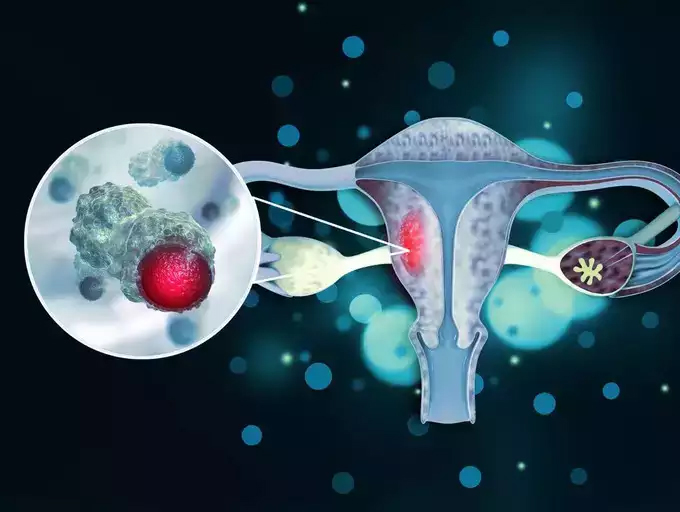
Cervical dysplasia and human papillomavirus (HPV) are two interconnected terms that every woman should be familiar with. Both have significant implications for women’s health, but with awareness and proactive steps, it’s possible to manage and even prevent the potential risks they pose.
Cervical dysplasia, sometimes referred to as cervical intraepithelial neoplasia (CIN), is a term used to describe abnormal changes in the cells on the cervix. The cervix is the lower part of the uterus that connects to the vagina. These abnormal cell changes are not cancer, but if left untreated, they can progress to cervical cancer over time.
Cervical dysplasia is often categorized into three levels of severity:
- CIN 1 (mild dysplasia): Mild changes in cervical cells.
- CIN 2 (moderate dysplasia): Moderate changes in cervical cells.
- CIN 3 (severe dysplasia): Severe changes in cervical cells.
The HPV Angle-:
Human papillomavirus (HPV) is a common sexually transmitted infection that can lead to cervical dysplasia and, in some cases, cervical cancer. HPV is responsible for the majority of cervical cancer cases worldwide. It’s important to note that not all HPV infections lead to cervical dysplasia or cancer, and in many cases, the body’s immune system clears the virus naturally.
There are many strains of HPV, but some are more likely to cause cervical dysplasia and cancer. HPV types 16 and 18 are considered high-risk strains.
Signs and Symptoms
Cervical dysplasia typically doesn’t cause symptoms. It’s often detected through routine Pap smears or HPV testing during gynecological exams. Early detection is crucial because it allows for timely intervention and treatment.
Prevention and Management
Vaccination: The HPV vaccine is highly effective at preventing infection with high-risk HPV strains. It’s recommended for both young girls and boys before they become sexually active.
Regular Screening: Routine Pap smears and HPV testing can detect cervical dysplasia and HPV infection early when it’s most treatable.
Safe Sexual Practices: Practicing safe sex, including condom use, can reduce the risk of HPV transmission.
Quit Smoking: Smoking increases the risk of cervical dysplasia progressing to cancer. Quitting smoking can lower this risk.
Follow Medical Advice: If cervical dysplasia is detected, follow your healthcare provider’s recommendations for further evaluation and treatment.
Cervical dysplasia and HPV are significant health concerns, but with awareness, vaccination, and regular screenings, their impact can be minimized. Women of all ages should prioritize their sexual health and engage in open conversations with their healthcare providers. Early detection and proactive management can ensure that cervical dysplasia and HPV do not progress to cervical cancer, allowing women to lead healthy lives.
Remember, regular check-ups and screenings are key to maintaining your reproductive health and preventing complications associated with cervical dysplasia and HPV.
